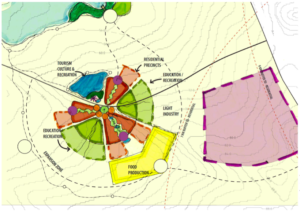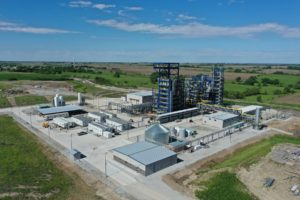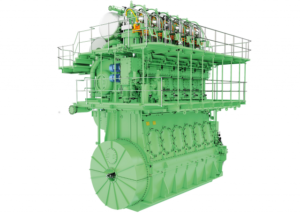Content by Author
Green ammonia in Australia, Spain, and the United States
The ammonia industry is transitioning towards sustainability at remarkable speed. In the last week alone, three major project announcements signal the availability of millions of tons of low-carbon ammonia this decade, and enthusiasm for rapid and complete transformation of the industry. Decarbonizing ammonia is no longer viewed as a challenge — now, this is quite clearly an opportunity.
Low-carbon ammonia in Nebraska and the Netherlands
Last week, two new low-carbon ammonia production projects were announced, both of them large-scale and largely CO2-free. Monolith Materials announced a 275,000 ton per year “clean ammonia” plant in Nebraska, in the heart of the US cornbelt. The plant will begin construction in 2021, expanding the existing demonstration plant, using Monolith’s methane pyrolysis process powered by 100% renewable electricity. Ørsted and Yara announced their plan to produce 75,000 tons per year of “green ammonia” at Yara’s existing Sluiskil plant in the Netherlands. They intend to install a 100 MW electrolyzer, using Ørsted’s offshore wind energy, with a final investment decision expected in 2021-2022, and production beginning in 2024-2025.
Saudi Arabia ships low-carbon ammonia to Japan
Last week, Saudi Aramco and the IEEJ attracted significant media attention when they announced that the first “blue” ammonia has been shipped to Japan. Aramco’s celebration of this shipment of 40 tons of ammonia (not 40 thousand or 40 million, just 40 tons) raises many questions, but makes three things clear. First, projects to demonstrate the carbon footprint of specific batches of low-carbon ammonia are now underway, and these case studies will inform the design of an international low-carbon ammonia certification scheme. Second, there is an urgent need to establish definitions across the industry, or risk losing credibility. Third, Aramco (absolutely the most profitable company in the world, with over a hundred oil and gas fields and almost 300 trillion scf of natural gas reserves) has sent a clear signal that it intends to make and sell ammonia as a decarbonized energy commodity.
Picking bunker winners: the mono-fuel / dual-fuel duel
This week, DNV GL published its annual Maritime Forecast to 2050, concluding that “e-ammonia, blue ammonia and bio-methanol are the most promising carbon-neutral fuels in the long run.” DNV GL’s assumptions that determine this long run, however, suggest a significant mid-term reliance on fossil LNG. This risks locking the industry into a long-term emissions trajectory incompatible with the IMO’s 2050 GHG targets, in part because of significant fuel supply and infrastructure investments. These investments could become more ‘sticky’ than expected. A host of alternative opinions have been published in the days before and after DNV GL published its report. These suggest that, for ammonia, the long run could begin this decade. Among others, MAN ES has announced that its ammonia engine will be available for retrofits by 2025.








